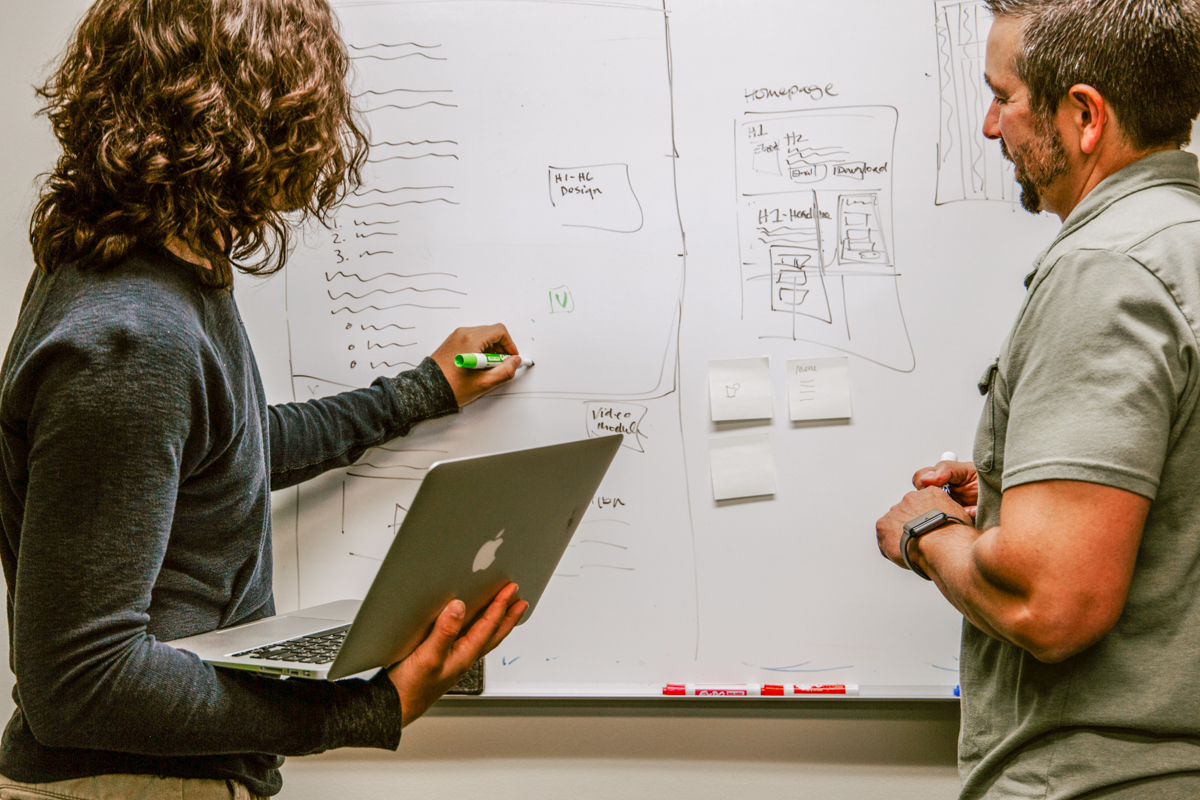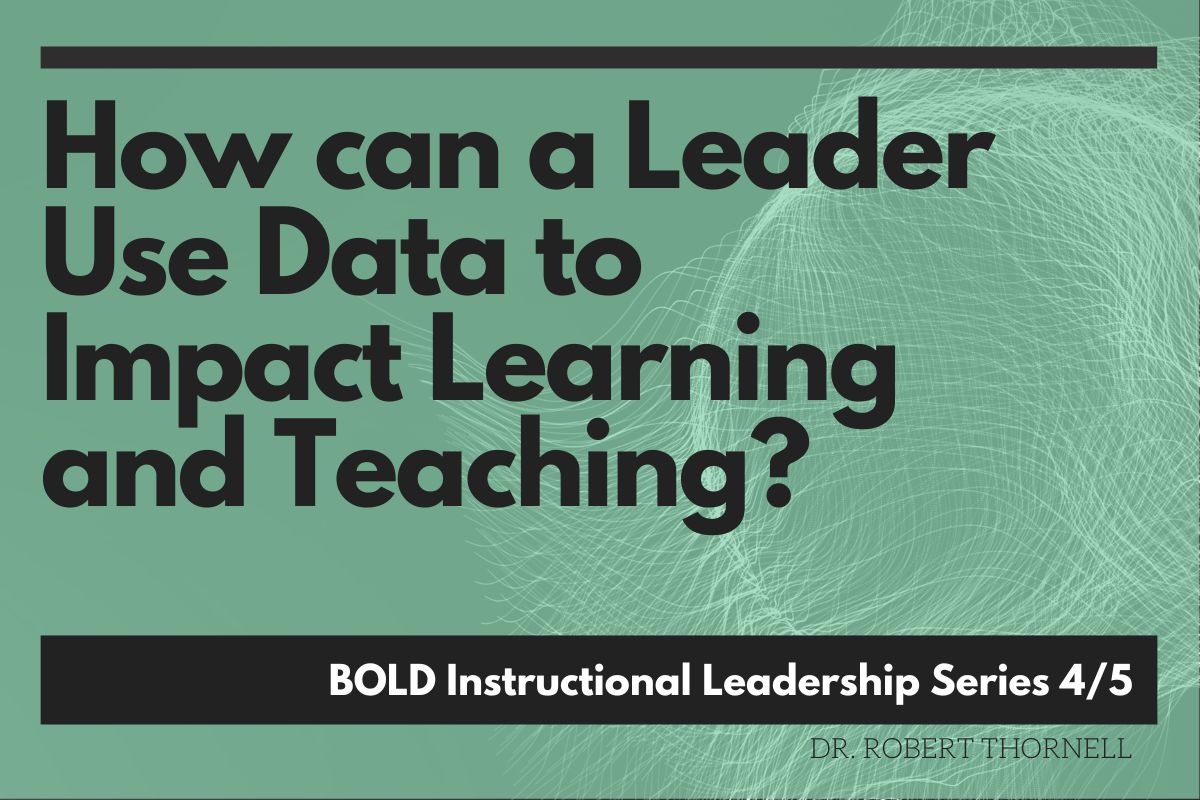Interprofessional Collaboration

Interprofessional partnerships are complex. Multiple stakeholders enter partnerships from diverse backgrounds, including education, health, and social service leaders. The role of school administrators as capable and competent instructional leaders in closing the achievement gap has been documented in the literature. The challenges of this inherent role are complex.
Within hierarchical structures and systems such as education, health care, and social services, professional partnerships are charged with cooperating with one another to support common goals and outcomes. Current practices in education require multiple professionals’ perspectives to formulate strategic and effective plans. This requires multiple stakeholders to not only cooperate but collaborate as multidisciplinary, interprofessional teams. Multidisciplinary teams provide the organizational structure whereby interprofessionals collaborate, communicate, demonstrate attributes and knowledge leading to goals and outcomes. The intersectionality of multiple disciplines and interprofessionals sets the stage for using the terms interchangeably while highlighting their differences. For the purposes of this article these terms will be used interchangeably.
Multidisciplinary teams include teachers, early childhood educators, itinerant system leaders, psychology, health care, and support staff. More specifically in early childhood education, professional partnerships within schools and the community known as “interprofessional teams” incorporate professional skills, knowledge and language from education, social work, speech and language, health care, physiotherapy, mental health and well-being. Interprofessional teams demonstrate interdisciplinary teamwork (Collin, Valleala, Herranen, & Paloniemi, 2012) and identify with professional associations, roles and responsibilities. However, multidisciplinary teams have fragmented, and isolated skill sets, and expectations according to Cleveland, Corter, Pelletier, Collier, Bertrand & Jamieson, (2006) as interprofessionals. Sharing roles and responsibilities requires an interprofessional collaborative approach while employing the knowledge, skills, attributes, and common language of partners from diverse backgrounds. According to Millward and Jefferies (2001), interprofessional teams operate within hierarchical organizational structures. Instructional leaders and teams have diverse portfolios and power imbalances within collaborative interprofessional teams.
Drawing on my Master of Education thesis, Early Childhood Educators’ Experiences of the Ontario Full-Day Early Learning: Promises to Keep (2014) and experiences, collaboration among interprofessional teams requires common language to express and gain understanding of concepts and inquiries through specific organizational frameworks and implicit networks. Specific communication frameworks, such as written documentation using vocabulary specific to a profession, may create barriers to communication, problem solving, isolation and power struggles. Sheehan, Robertson and Ormond (2007) highlighted the significance of shared language, including definitions leading to key shared understandings between multiple disciplines and education. Manor-Binyamini (2007) concurs and notes the overlap of work between health care professionals and education, especially in the planning phases for special education students using medical and education jargon leading to new access points of understanding and communication while engaging in new planning perspectives and learning opportunities.

The collective educational goals of interprofessionals as a multidisciplinary team are to communicate knowledge, skills, and attributes to benefit children’s growth and development, and overall achievement. Recognition of challenges sets the stage for interprofessional teams to negotiate roles and responsibilities as well as develop networking skills (MacIntosh and McCormick 2001) leading to professional growth and learning within intersectoral partnerships. Liaskosis, Frigas, Antypas, Zikos, Diomidous & Mantas, (2009) contend hierarchical structures within organizations delineates work, professional standards and ameliorates assumptions about work. Interprofessional teams communicate on multiple levels to provide clarity about roles and responsibilities as well as opportunities to learn from one another. Preschool and Kindergarten education teams are responsible for documenting learning using images, sketches and written narratives. Using observation skills and knowledge of child development, early childhood educators and teachers plan, implement and assess learning (Katz and Chard, 1996) to support children’s growth and their own professional learning. Pedagogical documentation is a process of documenting learning as an assessment tool to support overall learning and teaching.
Educational hierarchies create boundaries within professional identities and scope of practice. Duty to cooperate rather than collaborate to ‘get the job done’ may create an implicit hierarchical structure of parallel working relationships of an interconnecting network leading to power imbalances. Instructional leaders are perceived to hold greater power for decision making within interprofessional teams. Collaborative practices within multidisciplinary teams may ask participants to take the lead with their expertise. While developing and creating program plans for children, specific professions such as psychological services may lead program changes based on information acquired from assessments. For example, a psychologist may complete a WISC assessment with a child and determine the child has a learning disability. The psychologist may recommend the use of technology, and appropriate software to support continued learning. This expertise would be beyond the scope of practice for an instructional leader. Roles may be defined and redefined within the trusting relationships of interprofessional teams to support the needs and strengths of children. Education roles continue to be defined and redefined by labour groups, collective agreements, and professional associations. However, structural frameworks may include professional learning opportunities of multidisciplinary teams to provide teams with common language, strategies, and goals. Common language expressed among multidisciplinary teams supports communication strategies, and transference of knowledge, skills, and attributes of professionals. Educators and community partners in health and social service fields continue to engage in professional learning opportunities as their roles grow and flex to support overall learning and student achievement. Conflicting agendas and the competitive nature of specialty fields such as health care may hinder growth of interprofessional teams, resulting in cooperative versus collaborative practices of effective communication and shared responsibilities.
Considerations
The fields of education, health care and social services have opportunities to grow and change with structural and systemic supports from system education leaders and school instructional leaders.

Communication among interprofessional teams using common language supports the growth and development of professionals. Preservice teachers, early childhood education baccalaureate and college programs, and health care post secondary programs need to define and provide access to professionally embedded language and acronyms, knowledge, and skills. Building trusting relationships based on mutual respect and understanding of roles and responsibilities sets the stage for a greater balance of decision-making practices among educators within multidisciplinary teams. Professional learning opportunities require diverse portfolios to plan, facilitate and assess access to knowledge and skills to support growing and changing roles and responsibilities. Collaborative practices within hierarchies must reflect the diversity and complexity of multidisciplinary teams who have common goals and strive for optimal outcomes.
References
Cleveland, G., Corter, C., Pelletier, J., Colley, S., Bertrand, J. & Jamieson, J. (2006). A review of the state of the field of early childhood learning and development in child care, kindergarten and family support programs. Atkinson Centre for Society and Child Development, Ontario Institute for Studies in Education/University of Toronto.
Collin, K., Valleala, U., Herranen, S., & Paloniemi, S. (2012). Ways of interprofessional collaboration and learning in emergency work. Studies in Continuing Education, 34(3), 281-300.
Katz L. G. & Chard S. C. (1996). The Contribution of Documentation to the Quality of Early Childhood Education. https://www.tru.ca/arts/literacies/reggio/reggioarticle1.htm
Liaskos, J., Frigas, A., Antypas, K., Zikos, D.. Diomidous, M., & Mantas, J. (April 2009). Promoting interprofessional education in health sector within European interprofessional education network. International Journal of Medical Informatics, Supplement 78, S43-47.
MacIntosh, J. & McCormick, D. (2001). Partnerships identified within primary health care literature. International Journal of Nursing Studies, 38(5), 547-555.
Manor-Binyamini, I. (2007). Meaning of language differences between doctors and educators in a collaborative discourse. Journal of Interprofessional Care, 21(1), 31 – 43.
Millward, L. & Jefferies, N. (2001). The team survey: a tool for health care team development. Journal of Advanced Nursing, 35 (2), pg. 276-287.
Sheehan, D., Robertson, L., & Ormond, T. (2007). Comparison of language used and patterns of communication in interprofessional and multidisciplinary teams. Journal of Interprofessional Care, 21(1), 17 – 30.









